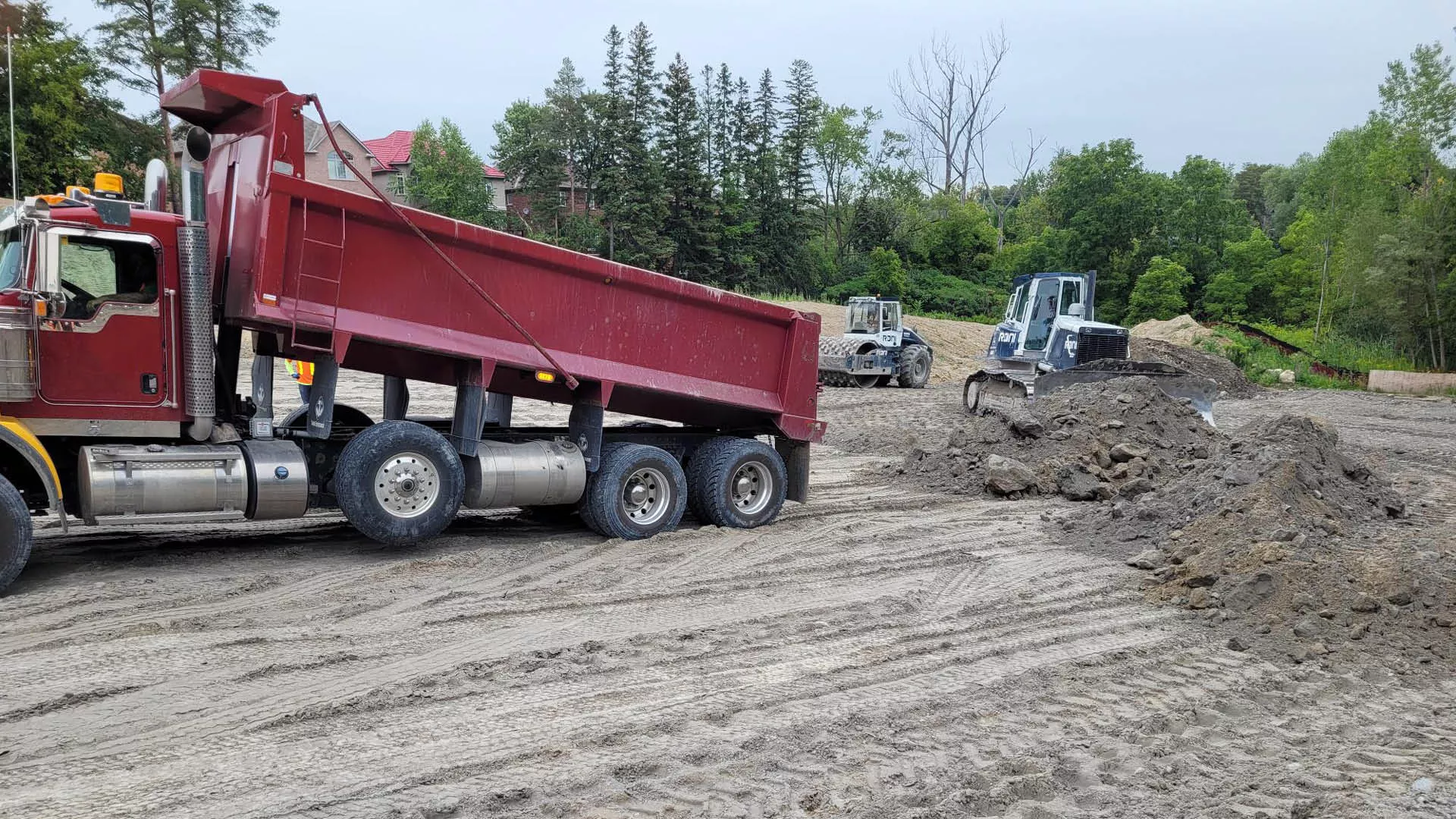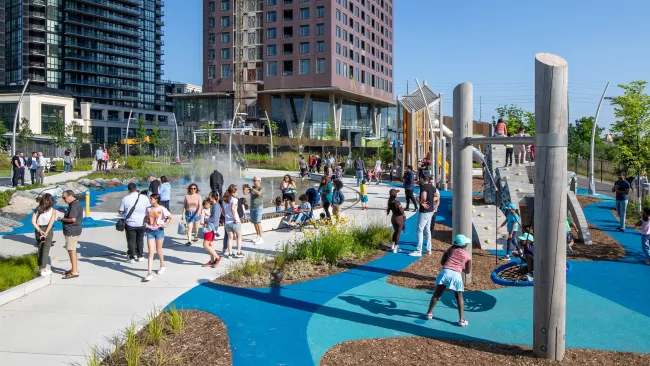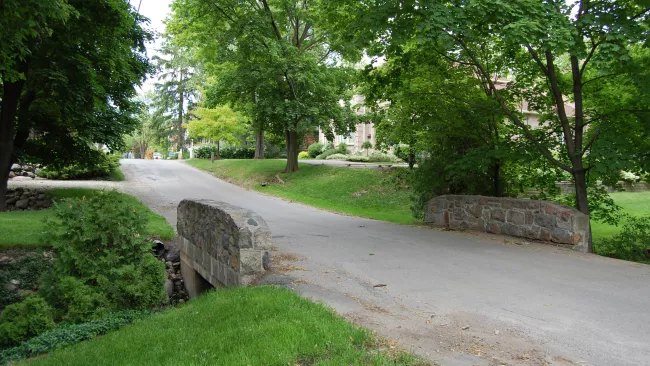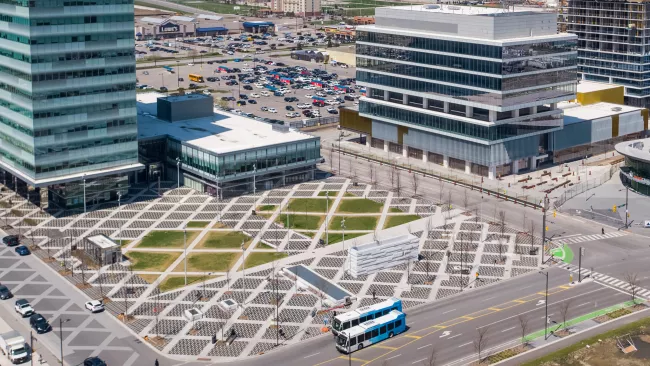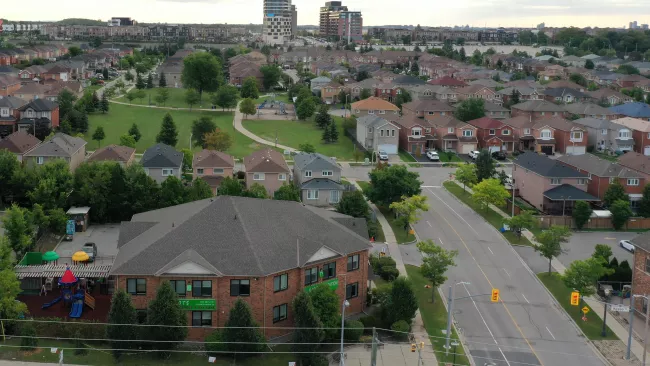Learn more about the proposed Site Alteration By-law
When land undergoes development, the first step is usually grading and excavating soil – but who and what determines how that work is managed and where all that dug-up dirt goes? The City of Vaughan is developing a Site Alteration By-law to regulate this activity, including managing excess soil and addressing non-compliance city-wide.
Site alteration refers to the placement of fill (or soil) on land, the removal of topsoil, or the alteration of the slope (or grade) of a piece of land. It is done to improve drainage, create noise berms, stabilize slopes or prepare land for development, as well as enhance natural features or improve the use of agricultural lands. These alterations can generate excess soil that must be properly managed. Improper management can negatively impact water quality, the natural environment and agricultural lands, and create local nuisance issues like noise, dust, increased truck traffic, road damage and soil erosion.
With a growing focus on urban, sustainable development in Vaughan, there is increased site alteration that must be properly managed across the city through monitoring, inspection and enforcement. And this is what the Site Alteration By-law will regulate.
Learn more about this proposed by-law, which will be brought to Council in early 2024 for adoption, by:
taking a short online survey by Sunday, Oct. 15. It will take approximately five minutes to complete.
attending an in-person Open House on Thursday, Sept. 28 at the Maple Community Centre in Activity Room 1 (10190 Keele St.) from 7 p.m. to 9 p.m. Registration is not required. Details are posted to vaughan.ca/SiteAlteration.
Here are the answers to some questions you may have about the Site Alteration By-law:
Why is the City developing this by-law?
The City is taking a new approach to regulate site alteration, manage excess soil and address non-compliance city-wide by developing a Site Alteration By-law that will:
recognize the City’s responsibility to support responsible development.
recognize a landowner’s right to alter land to prepare it for development.
protect the natural environment and human health.
align with new provincial excess soil regulations and industry best practices.
limit adverse impacts to the local community and on City infrastructure.
offer effective monitoring and enforcement tools to address non-compliance.
Isn’t there already a by-law that manages this?
To date, the management of site alteration has been regulated by Vaughan’s Fill By-law 189-96 (PDF), which was created in 1996. It’s been updated a few times since then, however, further revisions are now required to align with current provincial regulations and industry best practices, and ensure proper inspection and enforcement guidelines are incorporated – which are required for the City to effectively address instances of non-compliance. Once approved by Vaughan Council, the proposed Site Alteration By-law will replace the Fill By-law.
Who will this impact?
Those who will likely be most impacted by the by-law, if adopted, include key stakeholders, like the development industry, farming community and Vaughan residents who have properties in rural areas or adjacent to construction sites.
Will there be any exceptions to the proposed site alteration by-law?
The City’s Site Alteration By-law will not apply to private residential landscaping or construction projects, such as building a flower garden, deck or patio. The by-law also will not apply to normal farming practices, such as the removal or replacement of topsoil on agricultural lands. For a full list of exemptions, read the draft by-law at vaughan.ca/SiteAlteration.
For updates and news as they happen, subscribe to Vaughan News and follow the official corporate channels on Twitter, Facebook, Instagram and LinkedIn.

